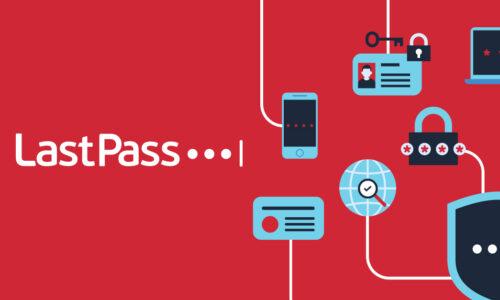
The cybersecurity landscape is continually evolving, adapting to trends like remote work and incorporating new technologies like AI and machine learning. As cyber criminals develop even more effective cyber attacks to gain or maintain an edge against their intended victims, companies must stay on top of rapidly shifting cyber threats. Here's a look at three major developments in the cyber security landscape – zero trust, cyber extortion, and the new National Security Strategy – and what they mean for businesses today.


